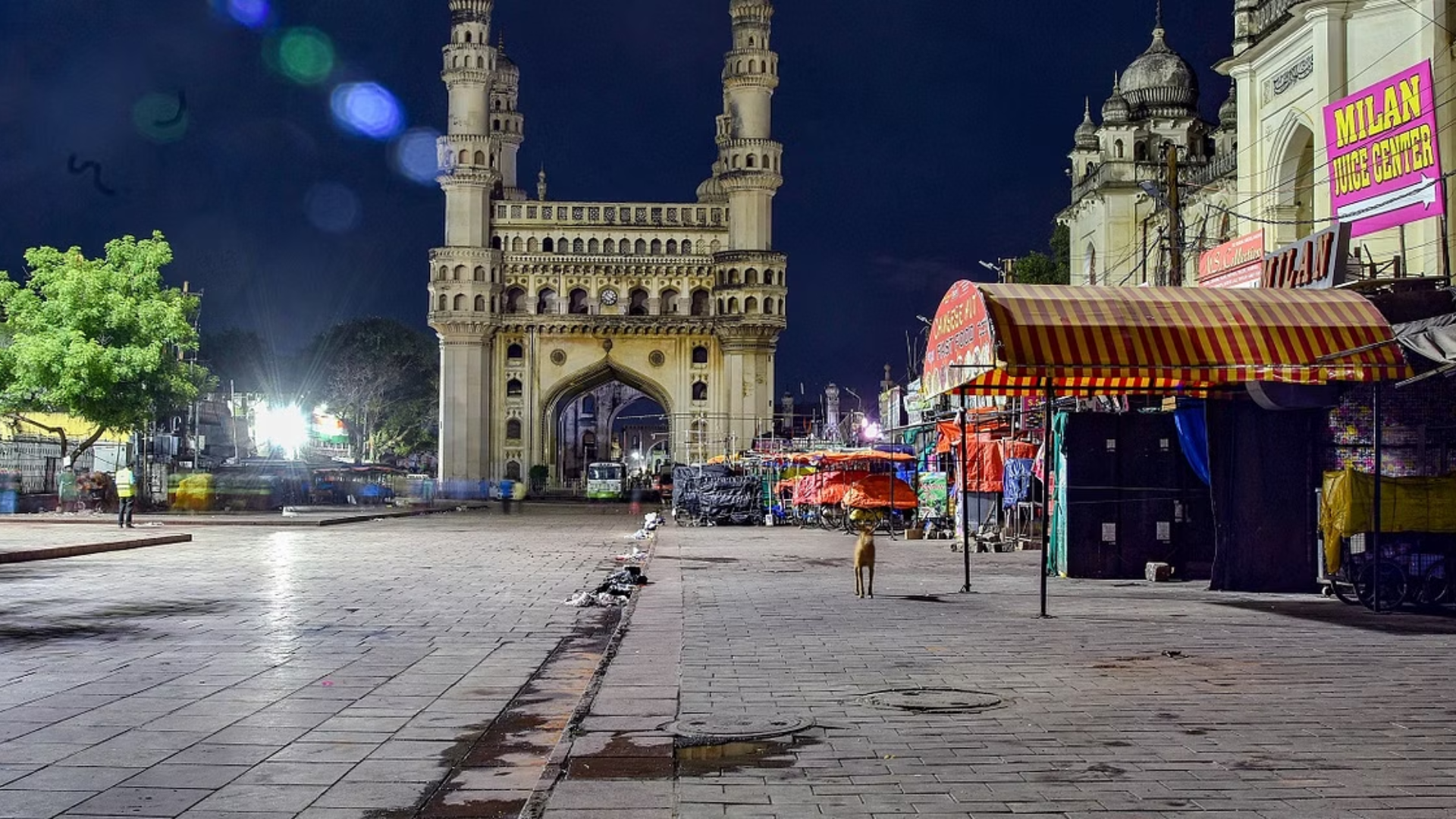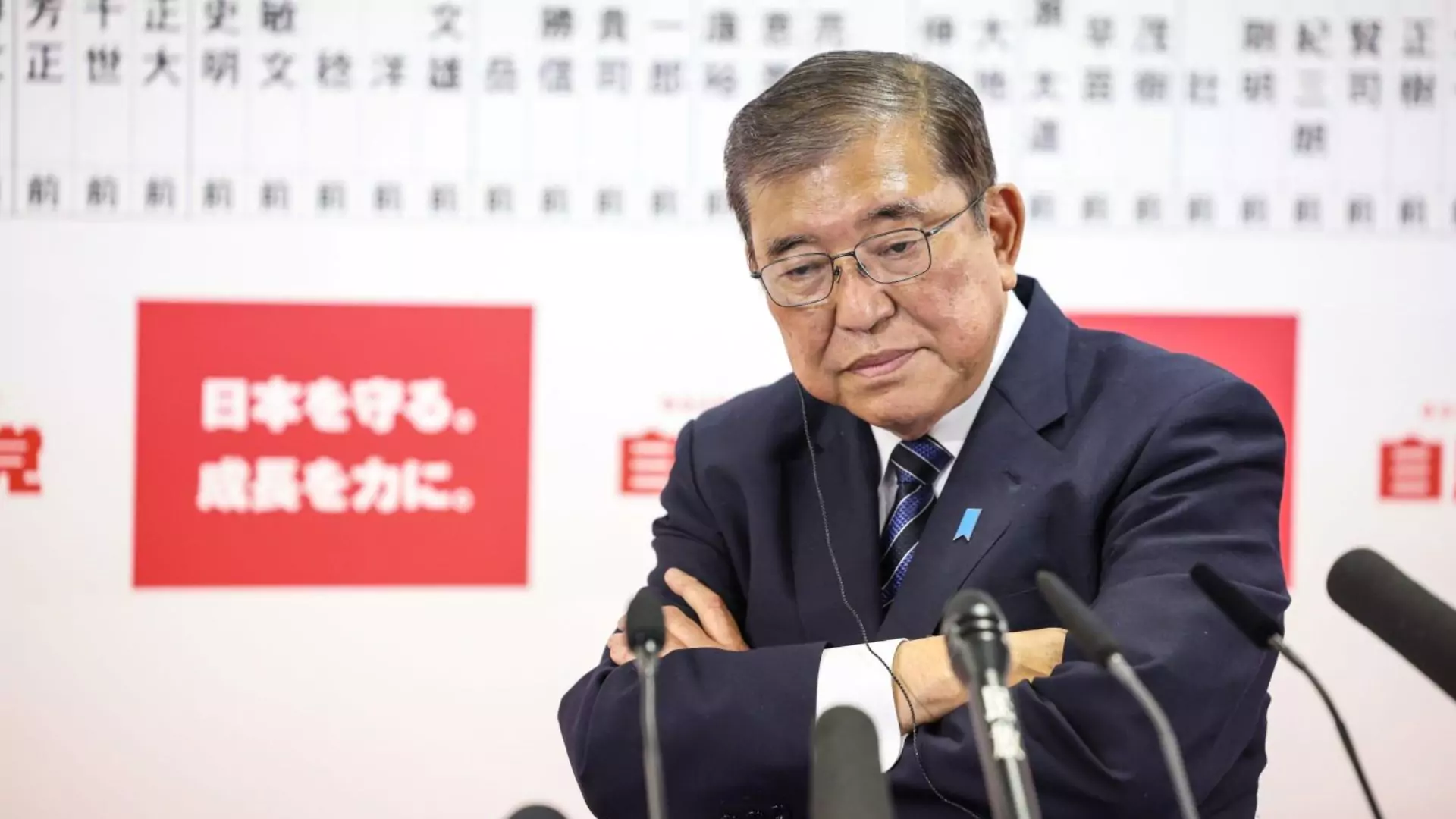On Tuesday, the Union Home Ministry declared that September 17 would be commemorated annually as ‘Hyderabad Liberation Day’.
According to a notification from the Ministry, Hyderabad remained under the governance of the Nizams for 13 months following India’s independence on August 15, 1947, and gained independence later.
The area was liberated from Nizam’s rule on September 17, 1948, through a police action known as ‘Operation Polo’. Residents of the region have advocated for the celebration of Hyderabad Liberation Day on September 17.
Union Minister Amit Shah, shared on X, “It is a historic day as PM @narendramodi Ji has decided to celebrate the 17th of September every year as Hyderabad Liberation Day in honour of the martyrs of the Hyderabad Liberation Movement. The decision is a befitting tribute to the freedom fighters and the martyrs who made supreme sacrifices to remain a part of Bharat by liberating the Hyderabad region from the atrocious Nizam rule. I welcome Modi Ji’s landmark decision, which will ignite the flame of patriotism among the youth and immortalize our icons of the freedom movement.”
It is a historic day as PM @narendramodi Ji has decided to celebrate the 17th of September every year as Hyderabad Liberation Day in honour of the martyrs of the Hyderabad Liberation Movement.
The decision is a befitting tribute to the freedom fighters and the martyrs who made…
— Amit Shah (Modi Ka Parivar) (@AmitShah) March 13, 2024
Why September 17?
On September 17, Hyderabad Liberation Day is observed to commemorate the region’s liberation from the Nizams’ rule and its integration into the Union of India in 1948. This significant event followed ‘Operation Polo’, a military campaign led by Sardar Vallabhbhai Patel, then Home Minister of India. The operation was a decisive response to the Nizam’s rule and the resistance posed by the Razakars, a private militia loyal to the Nizam, who opposed Hyderabad’s integration into independent India.
History:
– Operation Polo: The military operation conducted on September 17, 1948, was named ‘Operation Polo’ with the objective of annexing Hyderabad into the Indian Union.
– Sardar Vallabhbhai Patel’s Role: As the first Home Minister of India, Sardar Vallabhbhai Patel played a crucial role in planning and executing Operation Polo to integrate the princely state of Hyderabad into independent India.
– Razakars’ Resistance: The Razakars, acting under the Nizam’s command, fiercely opposed Hyderabad’s merger with India, resorting to atrocities against those advocating for integration.
– Delayed Independence: Hyderabad remained under Nizam’s rule for 13 months after India’s independence on August 15, 1947, making it one of the last regions to join the Indian Union.
– Standstill Agreement: Initially, a Standstill Agreement was signed between India and Hyderabad to maintain peace. However, escalating violence and non-compliance by the Nizam’s side led to military intervention.
– Public Support for Liberation: The liberation movement garnered significant public support, with people rallying for freedom and integration with India, often expressing their support through chants of ‘Vande Matram’.
– Strategic Importance: Given Hyderabad’s strategic location and size, its integration was crucial for the political and geographical unity of India.
– Feudal Oppression: The liberation from Nizam’s rule also symbolized a struggle against oppressive feudal systems and the dominance of the Razakars, laying the foundation for social and political reforms in the region.
– Commemoration by the Indian Government: In recent years, the Narendra Modi government has officially celebrated Hyderabad Liberation Day, highlighting its historical significance and honoring the sacrifices made for Hyderabad’s liberation.
– Patriotism and Remembrance: The annual celebration of Hyderabad Liberation Day serves as a means to honor the martyrs, instill patriotism among the youth, and educate the public about the struggle for Hyderabad’s integration into the Indian Union.


















